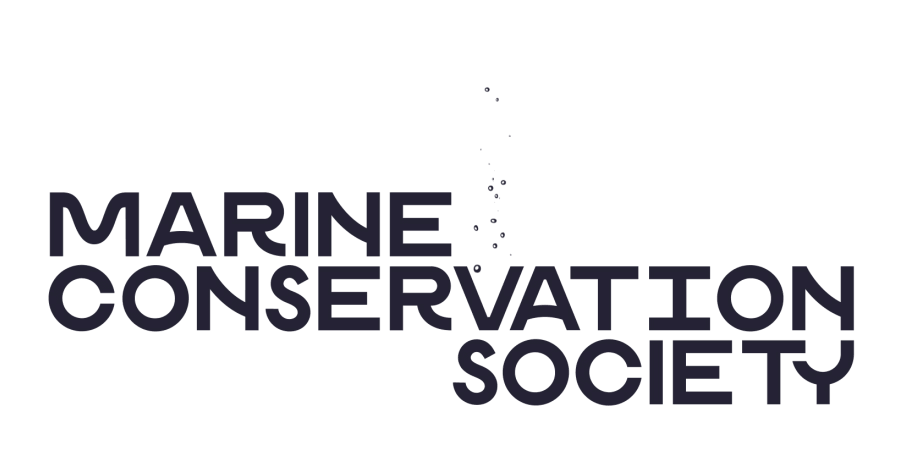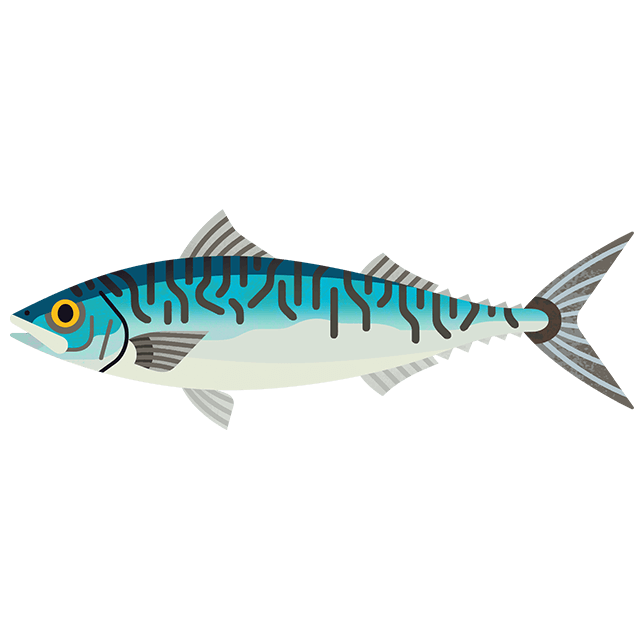
Latest Good Fish Guide ratings: Some UK favourites in further decline
We've updated our Good Fish Guide in line with the latest scientific advice. This autumn's update to the Good Fish Guide brings concerning news for a number of commonly eaten seafood species in the UK.
Rating seafood caught, farmed, or sold in UK, the Good Fish Guide gives a traffic light rating for each fish or shellfish depending on how and where it was caught or farmed.
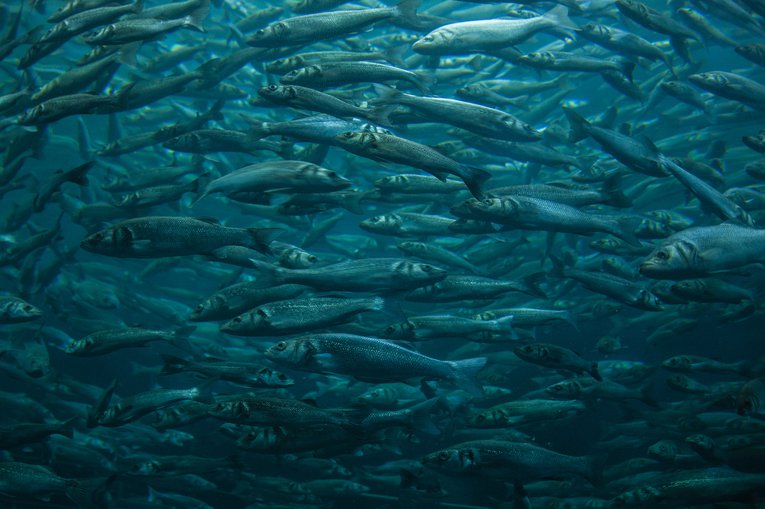
Herring shoal
Credit: ELARTEVIVEENTI via Shutterstock
In contrast, seabass has seen an improvement in ratings across several regions including the North Sea, English Channel, and Bay of Biscay, where ratings have changed from amber to green.
This is due to good compliance with management, which has helped keep fishing pressure at safe levels, and an improved outlook on population levels. With catches of seabass below scientific advice for some years, these stocks are now showing signs of recovery.
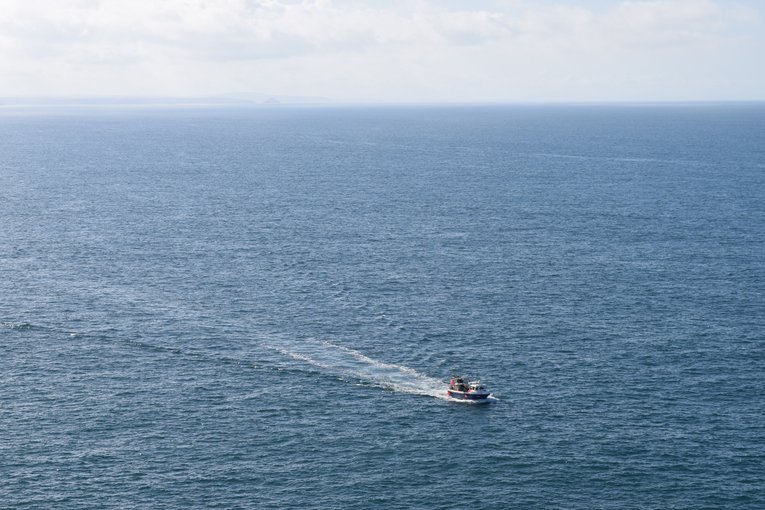
Fishing boat off Cornwall
Credit: Sue Ranger
The outlook for cod, one of the UK's favourite fish, has not looked good for several years, and there are currently no green-rated cod stocks in UK seas.
The majority of cod we consume in the UK is imported from Icelandic or Arctic stocks; whilst Icelandic Atlantic cod remains green-rated, Atlantic cod caught in the Northeast Arctic has moved from low amber to red-rated, reflecting a decline in population and increased fishing pressure.
We know that recovery is possible, as shown by the improvement in score of seabass where the stocks have been left to recover.
Chris Graham, Head of Ocean Regeneration and Sustainable Seafood
Northeast Arctic Atlantic cod is one of the largest cod stocks in the world, with Russia and Norway being the main catchers. This ratings update however, has found the fishery is also linked to unsustainable bycatch of golden redfish, a species with no safe catch level, raising alarm further over ecosystem impacts.
Haddock from the Southern Celtic Seas and English Channel has also been downgraded, with haddock from the Southern Celtic Seas rated red due to low population levels, overfishing and high discard rates. Northeast Arctic haddock, previously considered more sustainable, has also seen ratings drop due to rising fishing pressure and similar bycatch concerns.
At home, we must see the UK Government take strong action to reduce fishing pressure on our own fish stocks where they are depleted and support a shift to low-impact fishing practices to help recover our seas, so we can continue to enjoy these classics, and marine life can flourish.
Chris Graham, Head of Ocean Regeneration and Sustainable Seafood

